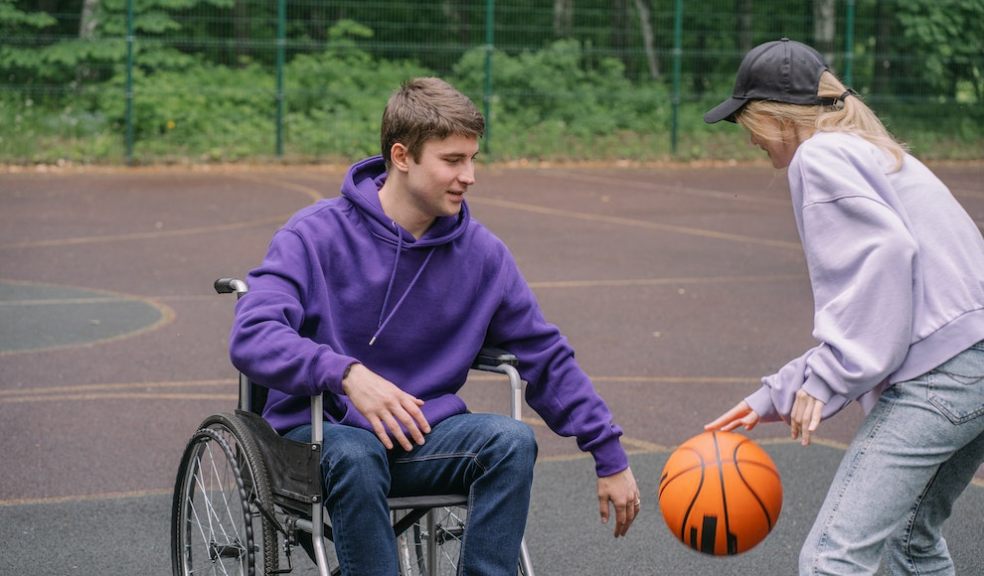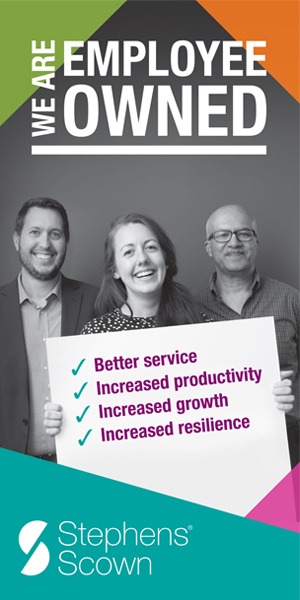
Dealing with a Disability: Getting Over the Trauma
Living with a disability can be a challenging journey. For many, the advent of a disability is usually sudden and unexpected, which can lead to significant emotional distress. Dealing with this trauma requires time, patience, and a well-balanced approach to emotional healing, acceptance, and adaptation. In this guide, we will explore various strategies to help manage the trauma associated with the onset of a disability.
Coming to Terms with the Diagnosis
The first step in overcoming trauma associated with a disability is acknowledging the change. It’s natural to experience a whirlwind of emotions like shock, denial, anger, fear, or sadness upon receiving a life-altering diagnosis. Letting these feelings surface is crucial. It’s a part of the grieving process and will help you come to terms with the reality. It’s beneficial to seek the support of a mental health professional during this time. They can guide you through this emotionally complex process, helping you build resilience and coping mechanisms.
Building a Support Network
Navigating the journey of dealing with a disability can be overwhelming, making a support network indispensable. This network could include family, friends, caregivers, therapists, and support groups. Sharing your experiences with them helps alleviate your burden and provides a platform to express your feelings freely. Connecting with others who have gone through similar experiences can also provide comfort and practical advice.
Fostering Emotional Resilience
Cultivating emotional resilience is a crucial aspect of dealing with trauma. Emotional resilience is the ability to bounce back from a difficult situation. Building resilience involves developing a positive mindset, maintaining emotional balance, and finding a sense of purpose despite the hardship. Mindfulness practices, like meditation or deep breathing exercises, can help manage stress and anxiety, thereby contributing to emotional resilience.
Seeking Professional Help
Psychologists, psychotherapists, or counsellors can provide professional guidance to manage trauma and its emotional distress. Therapies such as cognitive-behavioural therapy (CBT) can help you develop effective coping strategies, change negative thought patterns, and build resilience. Post-Traumatic Stress Disorder (PTSD) is not uncommon following a disability diagnosis. In such cases, Eye Movement Desensitization and Reprocessing (EMDR) therapy can be particularly helpful.
Physical Rehabilitation and Adaptation
For many, trauma associated with a disability extends beyond the emotional spectrum, manifesting itself physically. Physical and mental rehabilitation becomes necessary to rebuild strength, improve function, and achieve maximum self-sufficiency. It’s equally important to adapt your living environment to suit your needs, facilitating independence and reducing frustration.
Nurturing Self-esteem and Confidence
A disability can significantly impact one’s self-esteem and confidence. It’s essential to remember that a disability does not define you or your capabilities. Engaging in activities you enjoy or are good at can boost your confidence. Celebrating small victories can help build a positive self-image over time.
Finding a Sense of Purpose
Trauma can make it difficult to see life beyond the disability. However, finding a new purpose can bring a sense of fulfilment and contribute to emotional healing. This purpose can take various forms, like a hobby, a new profession, or volunteering. Many people living with disabilities have found solace and purpose in helping others who are in similar situations.
Empowerment through Knowledge and Advocacy
Knowledge is power, and this holds especially true when living with a disability. The more you understand about your disability, the more equipped you are to manage your life and make informed decisions regarding your care. Advocacy, driven by this acquired knowledge, enables you to stand up for your rights effectively. Not only does this serve as a powerful instrument for personal growth and healing, but it also paves the way for positive change in society.
Integrating Assistive Technology
In the path to getting over the trauma and adapting to the new norm, embracing assistive technology can play a significant role. The term’ assistive technology’ covers a broad range of devices and software designed to help those with disabilities perform tasks that might otherwise be difficult or impossible. These might include wheelchairs, hearing aids, speech-to-text software, specialised computer hardware, or transport created by mobility experts like Allied Mobility.
This technology can drastically improve the quality of life for individuals living with disabilities by increasing their independence, enabling them to participate more fully in society. This increased sense of autonomy can significantly help in overcoming trauma and feelings of helplessness. It is essential, however, to ensure that the chosen technology aligns with the individual’s needs and capabilities. Consultation with professionals, such as occupational therapists or rehabilitation engineers, may be beneficial to determine the most suitable solutions.
The Bottom Line
Overcoming the trauma associated with a disability is a personal journey that unfolds differently for everyone. It’s a process of healing, adapting, and growing. Despite the challenges, it’s important to remember that a fulfilling life is possible with a disability. By fostering resilience, seeking help, building a strong support network, and finding a renewed purpose, you can navigate the trauma and pave the way for a hopeful, empowered future.













